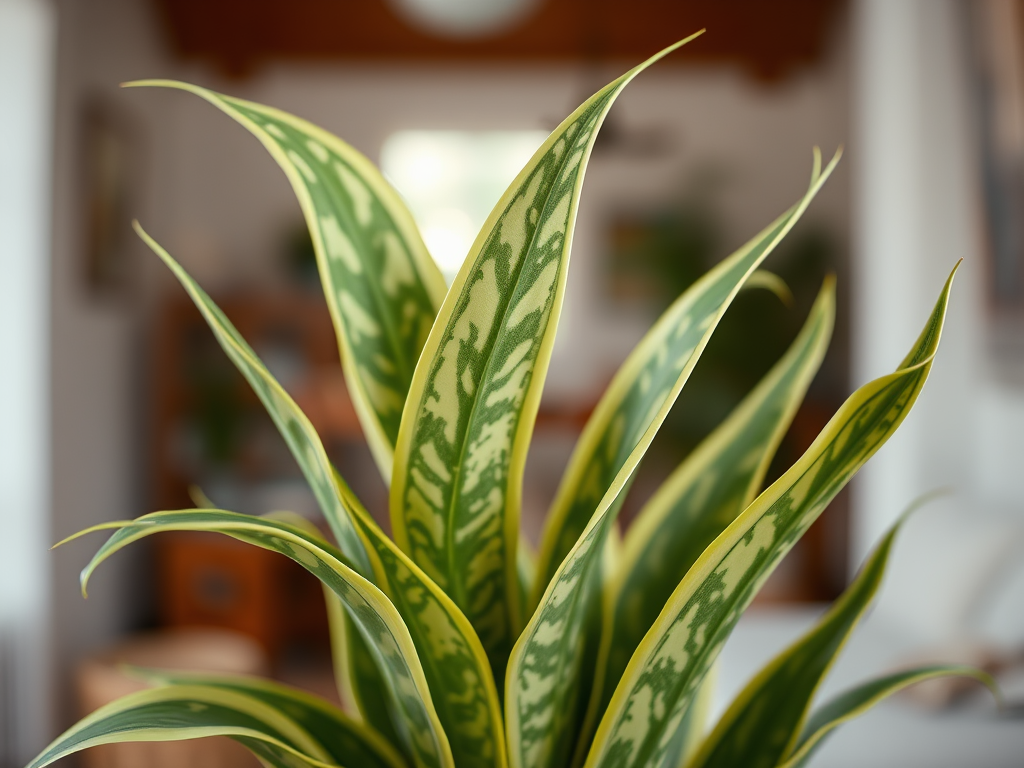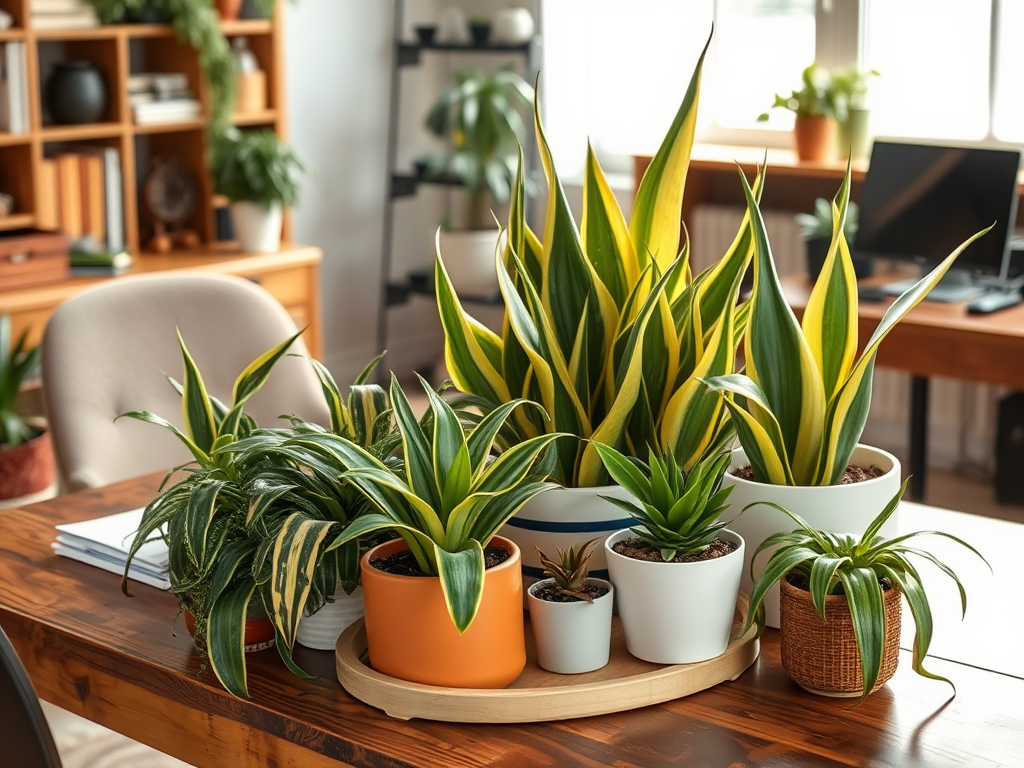The snake plant, commonly known as Sansevieria, has earned its place as one of the most beloved houseplants in modern interiors. What sets this resilient greenery apart? Its captivating aesthetic appeal mingles effortlessly with a multitude of practical benefits, making it an ideal choice for indoor living. As urban dwellers increasingly seek solace in their personal spaces, the necessity for air purification, low maintenance, and a touch of nature becomes paramount. This article will explore the alluring features of the snake plant, shedding light on why it deserves a permanent spot in your home. Whether you’re a seasoned plant parent or a curious beginner, understanding the snake plant’s advantages can transform your indoor environment.
Air Purification

One of the most notable benefits of the snake plant is its ability to purify indoor air. With the rise in awareness of air quality issues, the quest for effective solutions prompts many to look towards natural remedies. Snake plants are renowned for their capability to absorb harmful toxins such as formaldehyde, xylene, and toluene. These toxins are commonly found in everyday products like cleaners, paints, and even furniture. By introducing a snake plant to your home, you’re not just incorporating a beautiful piece of nature—you’re actively improving your living environment.
- Absorb harmful chemicals present in household items.
- Convert carbon dioxide into oxygen, particularly at night.
- Act as a buffer against indoor air pollutants.
Low Maintenance Requirements

Add a snake plant to your indoor collection, and you’ll quickly appreciate its low maintenance needs. Forget those complicated watering schedules or specific soil types; this plant thrives on minimal fuss. In fact, it’s perfect for individuals who may not possess a green thumb or frequently travel. Snake plants can survive in diverse conditions, from dimly lit corners to bright, sunlit spaces. Their drought-resistant nature allows them to flourish even when left to their own devices for extended periods.
| Condition | Recommendation |
|---|---|
| Light | Indirect sunlight is optimal; can tolerate low light. |
| Watering | Water every 2-6 weeks, allowing soil to dry out. |
| Soil Type | Well-draining soil mix is ideal. |
Health Benefits
Beyond mere aesthetics and air purification, snake plants offer various health advantages that contribute to an enhanced lifestyle. Indoor plants, including the snake plant, have been associated with stress reduction and improved mood levels. The presence of greenery has a calming effect on the mind, promoting relaxation and mental clarity. Moreover, the act of caring for plants can provide a sense of accomplishment, further boosting emotional well-being.
- Influences positive emotions through natural aesthetics.
- Encourages mindfulness and responsibility when caring for plants.
- Boosts overall atmosphere, leading to improved happiness.
Aesthetic Appeal
The snake plant’s striking architectural leaves and unique variegated patterns are aesthetic highlights that can enhance any setting. No matter your interior design style—be it modern minimalism or cozy bohemian—this adaptable plant can fit seamlessly into your home. Its upright leaves serve to draw the eye and can add a touch of elegance to any room. Whether placed on a table, shelf, or the floor, a snake plant can transform mundane spaces into flourishing displays of nature. Its sculptural quality allows it to serve as a statement piece or a subtle backdrop, easily complementing your design scheme.
- Works well in various setups, from home offices to living rooms.
- Creates visual interest without overwhelming the area.
- Easy to integrate with other décor elements like ceramics and textiles.
Conclusion
In summary, the snake plant is not merely an additional decorative piece; it is a multifaceted asset with numerous benefits for any indoor environment. From purifying the air to requiring minimal care, having a snake plant can greatly contribute to a healthier and happier home. This exceptional plant not only enhances the aesthetics of your space but also promotes wellness and tranquility within your living area. Choosing to incorporate a snake plant into your home is a simple yet impactful decision that fosters a deeper connection with nature.
Frequently Asked Questions
- How much light does a snake plant need? Snake plants thrive in both low light and bright, indirect sunlight. However, they prefer indirect sunlight for optimal growth.
- How often should I water my snake plant? Snake plants require infrequent watering, generally every two to six weeks, depending on humidity and temperature.
- Are snake plants safe for pets? Although snake plants are relatively low in toxicity, they can cause mild discomfort if ingested by pets. It’s best to keep them out of reach.
- Can snake plants grow in water? Yes, snake plants can grow in water, but it’s essential to change the water frequently to avoid rot.
- What should I do if my snake plant’s leaves are turning yellow? Yellowing leaves may indicate overwatering or poor drainage. Check the soil moisture and ensure your pot has drainage holes.
